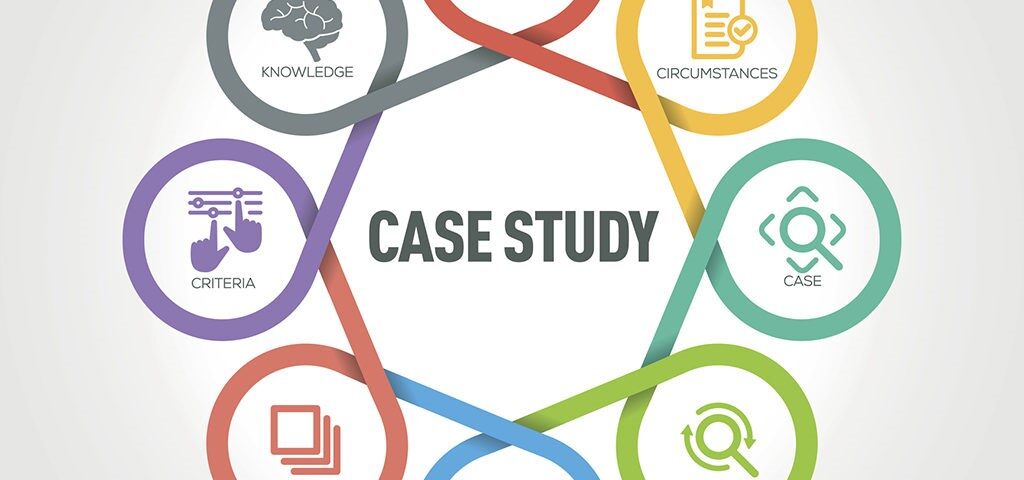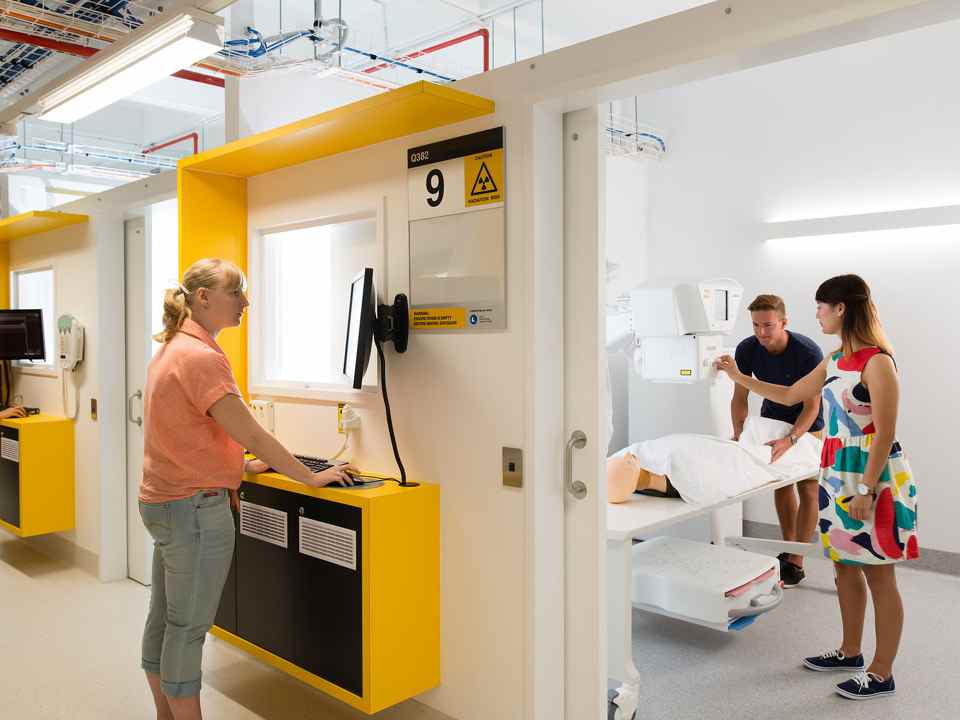- Top Quality Custom Essays
- +1 (628) 201-7932
- eprowriters01@gmail.com
Patient’s pharmacokinetic and pharmacodynamic processes
Patient’s pharmacokinetic and pharmacodynamic processes

Last updated on October 7th, 2023 at 03:11 pm
You will be asked to make three decisions concerning the medication to prescribe to this patient. Be sure to consider factors that might impact the patient’s pharmacokinetic and pharmacodynamic processes. At each decision point, you should evaluate all options before selecting your decision and moving throughout the exercise. Before you make your decision, make sure that you have researched each option and that you evaluate the decision that you will select. Be sure to research each option using the primary literature.
Introduction to the case (1 page)
Briefly explain and summarize the case for this Assignment. Be sure to include the specific patient factors that may impact your decision making when prescribing medication for this patient.
Decision #1 (1 page)
Which decision did you select? Why did you select this decision? Be specific and support your response with clinically relevant and patient-specific resources, including the primary literature. Why did you not select the other two options provided in the exercise? Be specific and support your response with clinically relevant and patient-specific resources, including the primary literature. What were you hoping to achieve by making this decision? Support your response with evidence and references to the Learning Resources (including the primary literature). Explain how ethical considerations may impact your treatment plan and communication with patients. Be specific and provide examples.
Decision #2 (1 page)
Why did you select this decision? Be specific and support your response with clinically relevant and patient-specific resources, including the primary literature. Why did you not select the other two options provided in the exercise? Be specific and support your response with clinically relevant and patient-specific resources, including the primary literature. What were you hoping to achieve by making this decision? Support your response with evidence and references to the Learning Resources (including the primary literature). Explain how ethical considerations may impact your treatment plan and communication with patients. Be specific and provide examples.
Decision #3 (1 page)
Why did you select this decision? Be specific and support your response with clinically relevant and patient-specific resources, including the primary literature. Why did you not select the other two options provided in the exercise? Be specific and support your response with clinically relevant and patient-specific resources, including the primary literature. What were you hoping to achieve by making this decision? Support your response with evidence and references to the Learning Resources (including the primary literature). Explain how ethical considerations may impact your treatment plan and communication with patients. Be specific and provide examples.
Conclusion (1 page)
Summarize your recommendations on the treatment options you selected for this patient. Be sure to justify your recommendations and support your response with clinically relevant and patient-specific resources, including the primary literature.
Note: Support your rationale with a minimum of five academic resources. While you may use the course text to support your rationale, it will not count toward the resource requirement. You should be utilizing the primary and secondary literature.
Need help with this or similar assignment?
- Tell Us Your Requirements: Please provide us with the specifics of your paper so that we may do our best to personalize it. Select the discipline, word count, format, academic level, and other details on the order form.
- Connect with the Best Writer: Consult and collaborate with an expert and complete your paper on schedule.
- Monitor the progress: Control the work process by checking the completed parts of your document right away. You can easily submit your comments by chatting with your essay writer on our website.
- Download Your Paper: Get your paper written according to your specifications. It is important to note that you only pay for an essay when you are completely satisfied with the outcome. Please provide us your feedback about our collaboration.
About Us
Eprowriters.com, and its afilliate blog Eprowriters.net, is a custom essay writing service that has been providing academic support with great success for more than five years. We are constantly updating our objectives in order to improve the quality of service we deliver and increase client satisfaction. We’ve progressed to an original concept as a result of our success.


